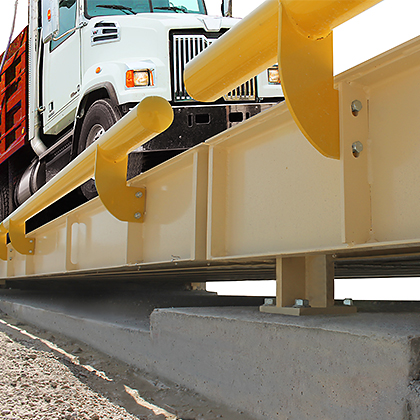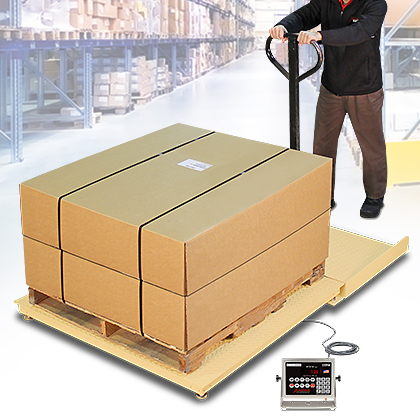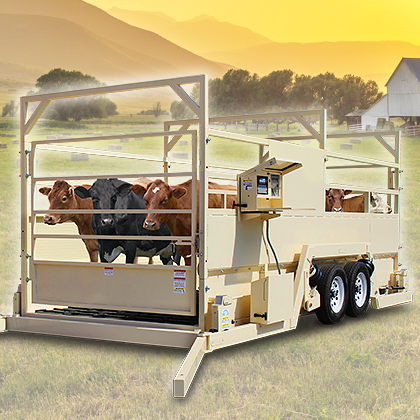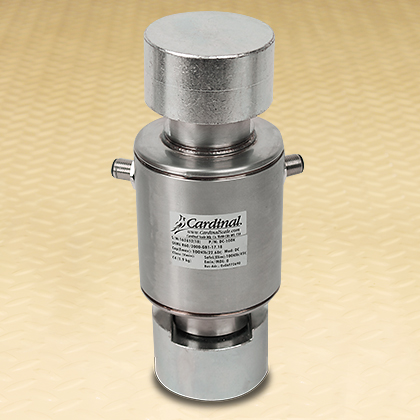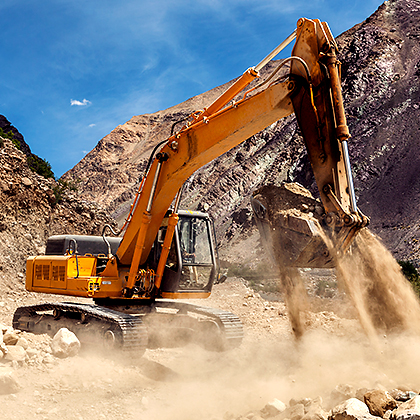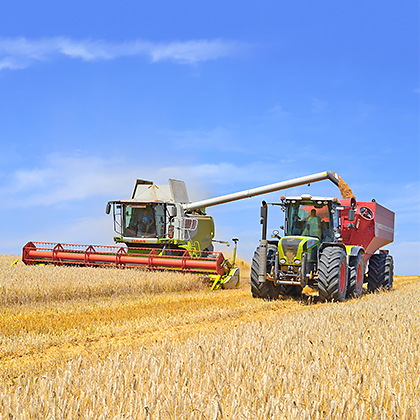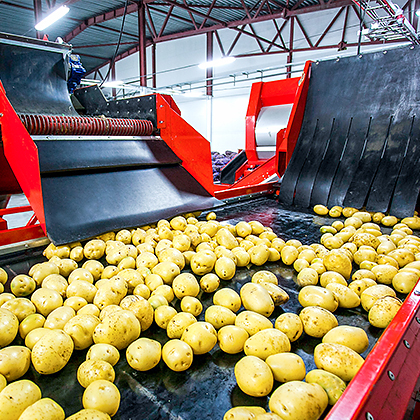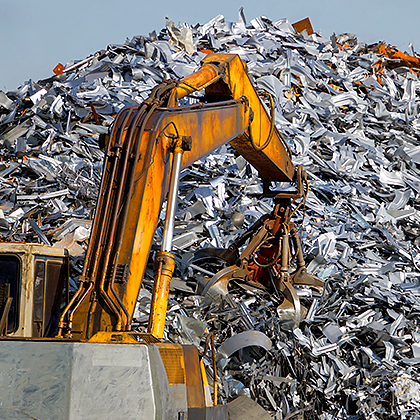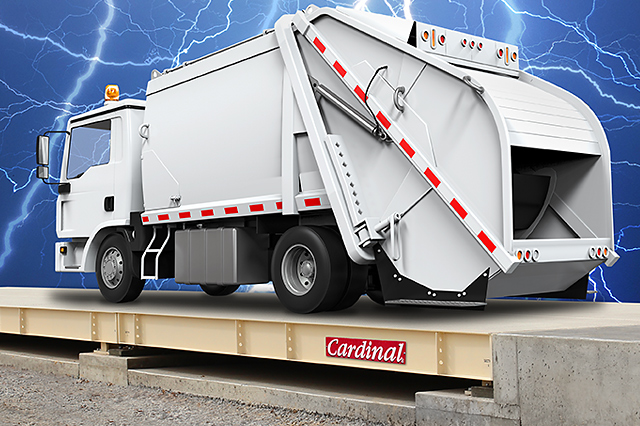The recycling and waste environment provides very unique challenges to keeping truck scales functional and profitable. Since most recycling and solid waste facilities are heavily trafficked and keep lengthy operational hours, keeping a truck scale up and running can be somewhat difficult. In addition to being functional, truck scales must also provide a hedge against losing thousands of dollars due to inaccurate weighing.
Digital truck scales provide unique solutions to the challenging environment of recycling and solid waste, helping operation managers avoid the pitfalls of common electronic truck scale failures. Even though the design is much more robust and streamlined, there are several things a truck scale owner must do to protect their investment. While solid waste and recycling truck scales must be calibrated and monitored by regulatory bodies, there are external aspects and circumstances that can cause inaccurate weighing and lost revenue.
Please consider the following factors and try to develop a course of action for each potential issue.
1. The Scale Foundation
This area can cause the most trouble but is the easiest pitfall to avoid. Providing a sure foundation in the proper location is the first step in setting up your truck scale location. Since the environment in a recycling or solid waste location will produce debris, it is always good to keep in mind a truck scale design that will discourage build-up around load cells and wiring. Some digital truck scale designs place load cells up into the scale deck, providing a safe haven from garbage and filth that accumulates near load cell stand bases. If the load cells are following certain digital designs that are located near the ground, frequent power washes will be necessary due to debris build-up. It is vital to know the IP rating (ingress protection) of load cells and wiring to prevent water and pressure damage to load cells when cleaning, so become familiar with the IP rating system and know what level your load cells can handle when cleaning.
2. Inspect Hardware, Load Cells, and Wiring
Digital truck scales are built to eliminate many of the problems associated with electronic scale designs. There are many checks that can be made by scale owners to prevent downtime and damage. Since junction boxes are eliminated in certain designs and most of the wiring is reduced, there are just a few places that might be causing issues.
Check to make sure load cell connectors are tight and snug when fastened onto each individual load cell. Load cell connectors should not show any signs of damage. Load cell cables should be examined for damage or chew marks from rodents. Any voids or areas that can be exposed to moisture or sediment can cause unreliable weighing or a lack of load cell readings.
Recycling and solid waste scales are exposed to highly acidic conditions that can damage paint and surfaces. It is always good advice to regularly check paint for rust and areas where paint has been eaten away due to corrosion. Truck scale manufacturers use heavy-duty paint and curing methods to prevent metal exposure, but truck scale owners must be diligent to protect their investment. Concrete deck truck scales can provide a good option as they are largely unaffected by the corrosive elements that can damage steel deck truck scales; however, steel deck truck scales can be replaced and moved much easier, so there is a trade-off. Concrete, if not completed correctly, can crack and eventually damage the deck until it is irreparable, so scale owners should remain vigilant for signs of cracking.
End-users should also inspect load cell cover plates. These fit snugly above the load cell pocket, so if the cover plates are not fitting correctly, there is an increased chance of moisture and debris making their way down to the load cells.
Certain truck scale platforms have completely eliminated traditional checking, which simplifies problems associated with damaged checking equipment in the truck scale. These designs also greatly ameliorate rocking and movement that can damage a truck scale. For scales with traditional checking, check rods and bars should be examined for damage; bumper bolts should be checked for cracking and fracturing. If either one of these failures is observed, they should be corrected immediately to prevent permanent damage to the scale deck. Apart from physical damage to the checking components, scale owners must also be vigilant about keeping these systems properly adjusted within the scale manufacturer’s specifications; failure to do so could result in weighbridge and load cell damage and costly downtime in addition to repairs.
Always keep an eye on the deck of the truck scale. High volumes of overweight vehicles can damage the scale deck and render it useless. Remember to make it clear to operators what the weight limitations and concentrated load capacity (CLC) are for the truck scale to work within the confines of the weighbridge specifications.
3. Inspection and Calibration
In addition to scale owners regularly performing checks on their scale, a calibration or inspection schedule should be arranged by a truck scale dealer you can trust. Truck scales used in recycling and solid waste are likely to receive a great deal of wear-and-tear and heavy-duty use, so working out a calibration schedule with a qualified scale service company will be important. Normally, a yearly or bi-yearly inspection schedule will suffice, but if your facility is heavily used, increasing calibration frequency might be necessary.
Digital truck scale models offer a huge advantage over analog truck scales as they can be remotely monitored by the dealers that place the truck scales in service. Truck scale dealers have access to a whole range of diagnostic information about your truck scale and they will be able to efficiently and expeditiously correct your problems. Information about the scale’s location, load cell configuration, and specific load cell issues are all at the truck scale dealer’s fingertips with digital load cell systems. Some scales are even capable of transmitting warnings that alert the truck scale dealer to issues with the home run cable and load cell cables, among other items.
Truck scale dealers will provide test weights and a test weight truck to verify the truck scale, checking to see if the load cells are within required tolerances. NTEP regulations require that scales used in legal-for-trade applications weigh within a certain tolerance so that customers get what they pay for, and recyclers and solid waste owners get the most out of their scale operations in a manner that is fair to both the customer and scale owner. Truck scale dealers should also have current records of their test weights to prove that they are calibrated and accurate enough to test your truck scale. Truck scale dealers will generate records of your scale’s compliance with weighing regulations, giving you peace of mind and official documentation should it be required.
4. Scale Usage and Movement
Truck scales are designed to absorb and withstand a great deal of abuse from trucks that enter and exit weighbridge platforms. Truck scales that feature traditional checking are designed to move with traffic movements. Newer truck scales that have eliminated old-fashioned checking systems are designed to move slightly due to initial movement and then settle into a steady position. Both systems’ usage will have a longer life cycle if the scales and their checking systems are spared the extra stress of trucks entering and exiting quickly. Clearly marking entrances and exits with very low speed limits will reduce damage due to speed and extend the life of the truck scale, saving recycling and solid waste owners having to invest in a replacement truck scale prematurely. Guiderails, not only advantageous as a safety implement, can alert drivers of the scale ahead, and ready them to slow their speed and help line up their vehicle with the lateral lines of the weighbridge. Card readers and gating are also a good addition to manage and control traffic to extend your scale’s life.
The Digital Advantage
Digital truck scales provide an enormous advantage over older types of weighbridge technologies. The ability of remote monitoring, elimination of burdensome checking components, and protecting load cells prevents most of the expensive repairs and downtime that can burden a recycling center or solid waste location. Diagnosis is much quicker, and digital truck scales continue to provide great ROI for end-users. Truck scale owners must also take an active role in protecting their investment by following the aforementioned tips in this article. Applying these steps will keep your digital scale running for much longer and consistently, protecting profits and productivity.
Learn More:
https://cardinalscale.com/product/product-category/Truck-Scales

